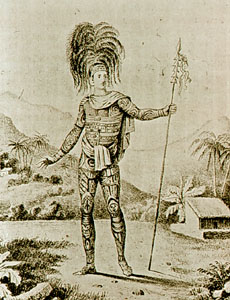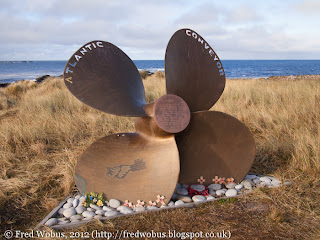![http://www.geocities.ws/hopart/A-2015BOX/chile-easter-island-aka-rapa-nui-historic-unrestored-moai-site-of-ECERJB[1].jpg http://www.geocities.ws/hopart/A-2015BOX/chile-easter-island-aka-rapa-nui-historic-unrestored-moai-site-of-ECERJB[1].jpg](/hopart/A-2015BOX/chile-easter-island-aka-rapa-nui-historic-unrestored-moai-site-of-ECERJB[1].jpg) TRIBUTE TO EASTER ISLAND!
TRIBUTE TO EASTER ISLAND! DROP IN FOR A VISIT BUT COME PREPARED! ITS WAY OUT!
DROP IN FOR A VISIT BUT COME PREPARED! ITS WAY OUT! ONE OF THE MOST FAR-OUT PLACES ON EARTH!
ONE OF THE MOST FAR-OUT PLACES ON EARTH! CAN YOU SEE WHERE YOU ARE? ![http://www.geocities.ws/hopart/A-2015BOX/chile-easter-island-aka-rapa-nui-historic-unrestored-moai-site-of-ECERJB[1].jpg http://www.geocities.ws/hopart/A-2015BOX/chile-easter-island-aka-rapa-nui-historic-unrestored-moai-site-of-ECERJB[1].jpg](/hopart/A-2015BOX/chile-easter-island-aka-rapa-nui-historic-unrestored-moai-site-of-ECERJB[1].jpg) TRIBUTE TO EASTER ISLAND!
TRIBUTE TO EASTER ISLAND! DROP IN FOR A VISIT BUT COME PREPARED! ITS WAY OUT!
DROP IN FOR A VISIT BUT COME PREPARED! ITS WAY OUT!
http://fredwobus.blogspot.ca/ A NOTE..N... A LINK -
A NOTE..N... A LINK -
ETHIOPIAN SCRIPT.
 |
| Fred at Shackleton's grave |
The nutrient-rich waters south of the Polar Front put South Georgia on the map for whaling and sealing, but for all its remoteness the island is also inextricably linked with human endevour and exploration. Of all the explorers that came and went it is the name of Sir Ernest Shackleton that stands out as a giant amongst men. He is connected to the island up to the present day not just by how he once arrived, but also because he is one of those that stayed. During the 1914-1916 British Imperial Trans-Antarctic expedition Shackleton's ship, the "Endurance", had been crushed in the pack ice forcing him and his men to trek northwards over the ice before escaping in small boats to Elephant Island. Shackleton was determined to resue his men, so he left his "right hand man" Frank Wild and 21 others to winter on Elephant Island where they survived in a shelter built from upturned boats. The remaining six men, including Shackleton himself and his navigator Frank Worsley got into the 9m long open boat "James Caird" on 24 April 1916 to sail to South Georgia from where a rescue mission would be organised. Their journey which led them through ferocious storms across 800 miles of open ocean and over 4000-feet high glaciers of South Georgia has been described as one of the greatest adventures in polar history. On 19 May a dishevelled figure staggered into the station manager's house at Stromness harbour to tell his tale and organise a relief vessel - his men would be safe.
 |
|
Fur seal at King Edward Point
|
Shackleton organised another Antarctic expedition on the "Quest" in 1921-1922 together with Frank Wild and several members of the Endurance expedition. However, on 5th January 1922 Shackleton suffered a heart attack aboard the Quest and he died, thereby effectively ending the expedition. His wife asked for his body to be interred at South Georgia, as she sensed that this is what he would have wanted. I visited Shackleton's grave in a small cemetery not far from the whaler's church of Grytviken. Of all the traditionally east-facing graves of whalers and seamen, his grave is the only one that faces south. Recently an urn containing the ashes of Frank Wild was rediscovered and transferred to the same cemetery at a spot to the right of Shackleton. A new head stone was carved and it reads "Shackleton's Right hand Man". One can't help but feel that this is what Wild would have wanted too.